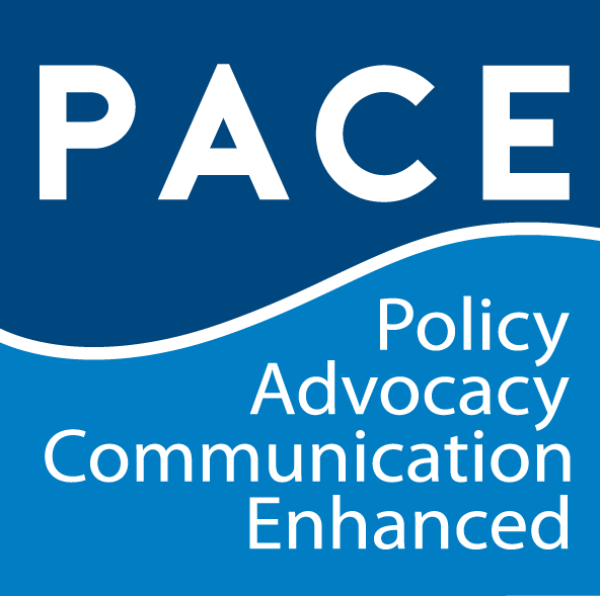Two journalists – Carol Natukunda of the New Vision newspaper in Uganda and Joyce Chimbi of the Kenya-based African Woman and Child Feature Service – are the winners of a 2018 Women’s Edition story contest. Theirs were among 17 submissions from the 2018 group of Women’s Edition participants who produced print and broadcast stories using PRB travel grants awarded in June through August. All of the submissions were judged based on six criteria: depth and rigor of reporting, quality of writing, accuracy, originality, inclusion of a policy perspective, and overall interest. Each won a cash prize of $750.
Here are links to Carol Natukunda’s stories in PDF:
Will Uganda achieve its 2020 family planning target?
Here are links to Joyce Chimbi’s stories:
Contraception ignored in HIV prevention efforts across East and Southern Africa
Kisumu schools Adopt-a-Cop to end defilement
Unmet need for postpartum family planning unacceptably high, experts say


